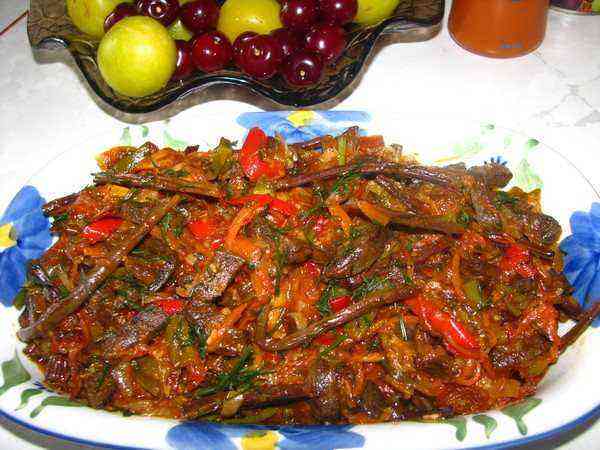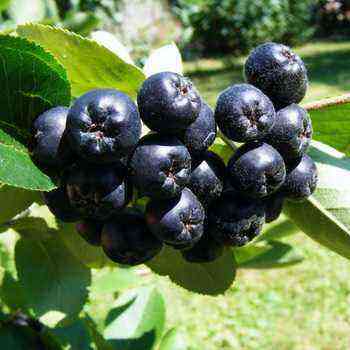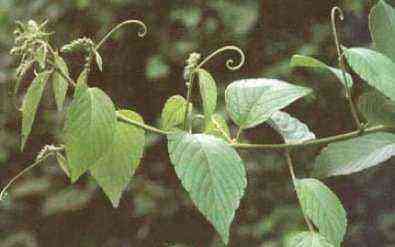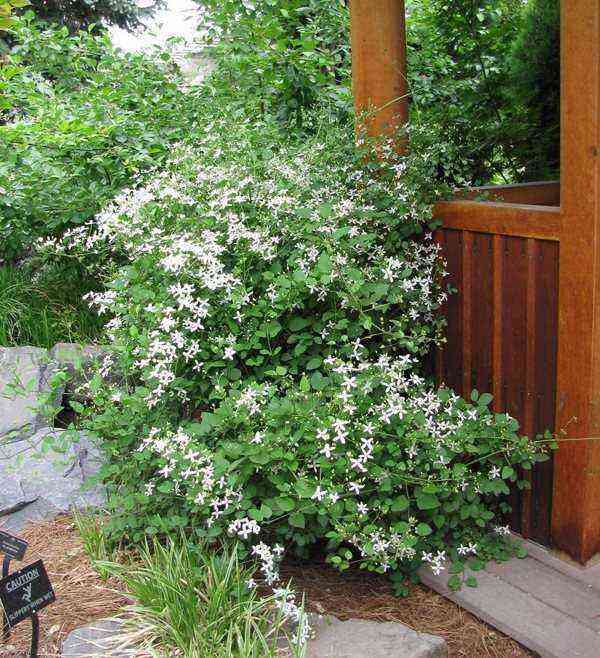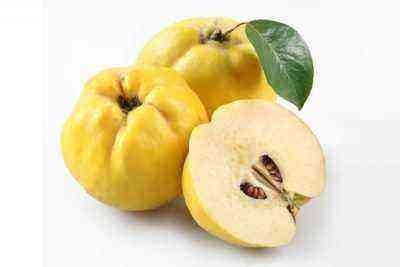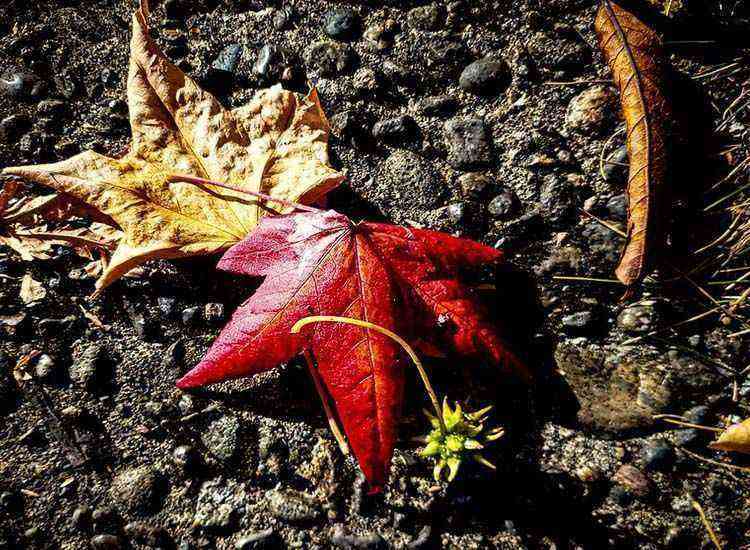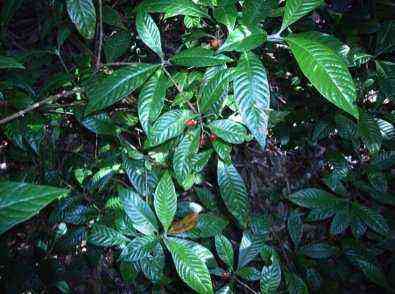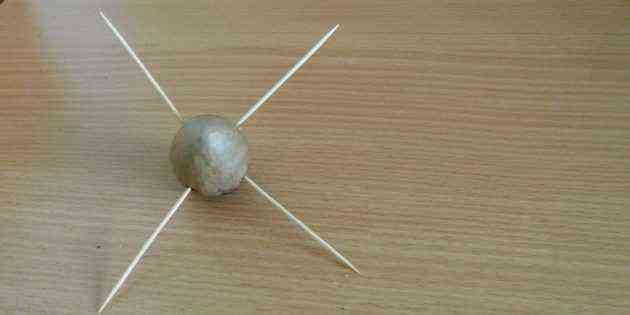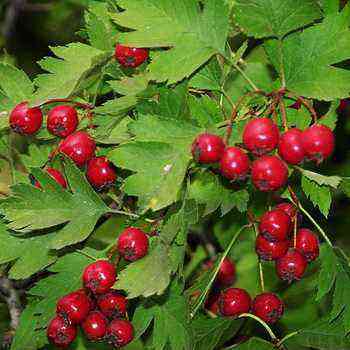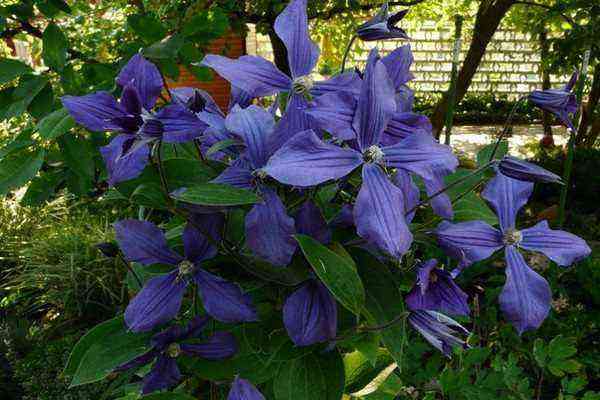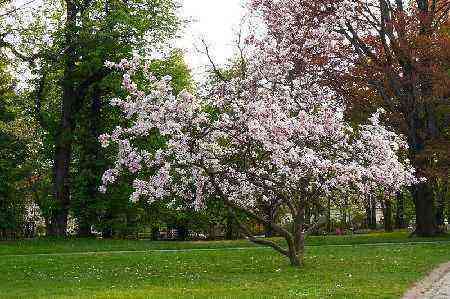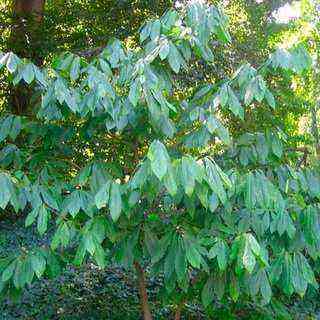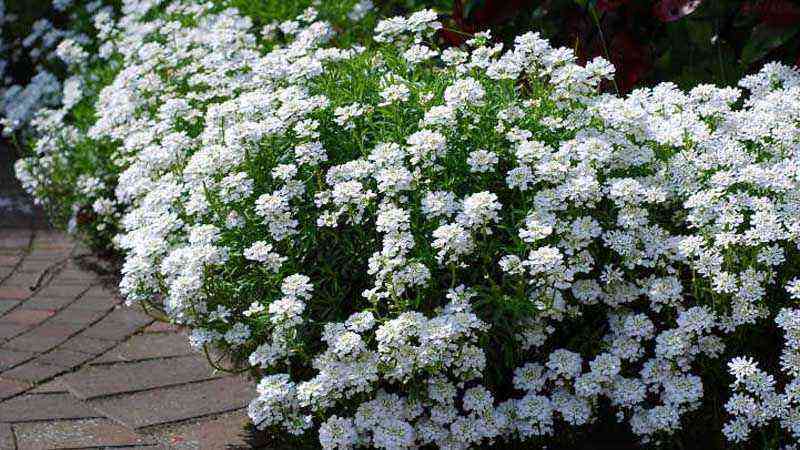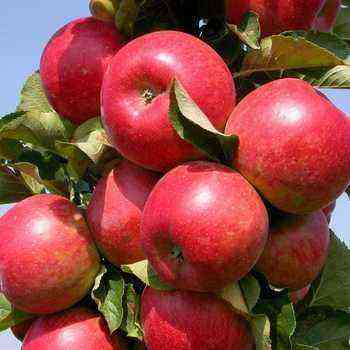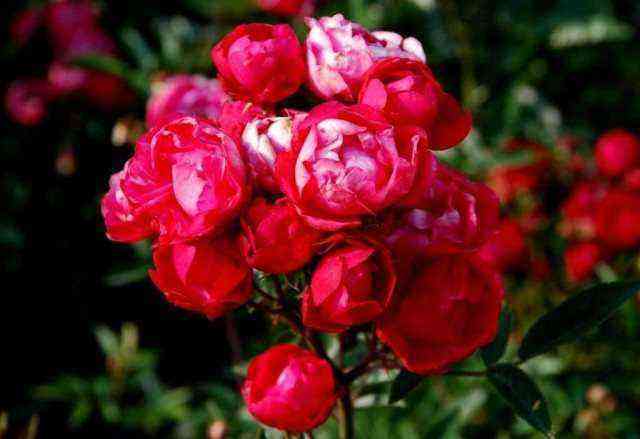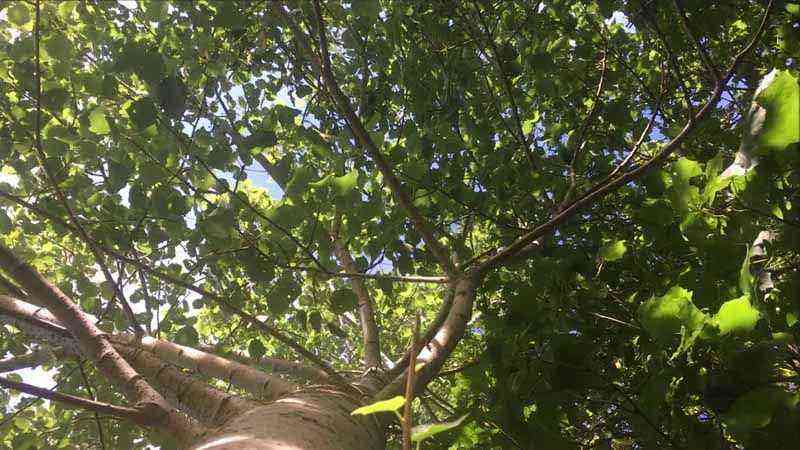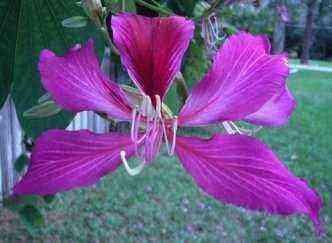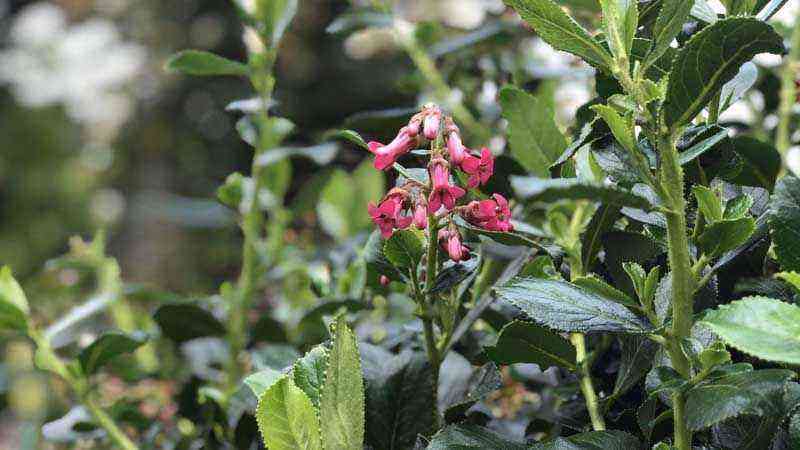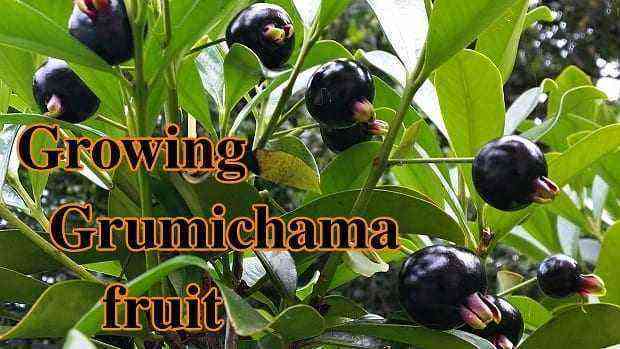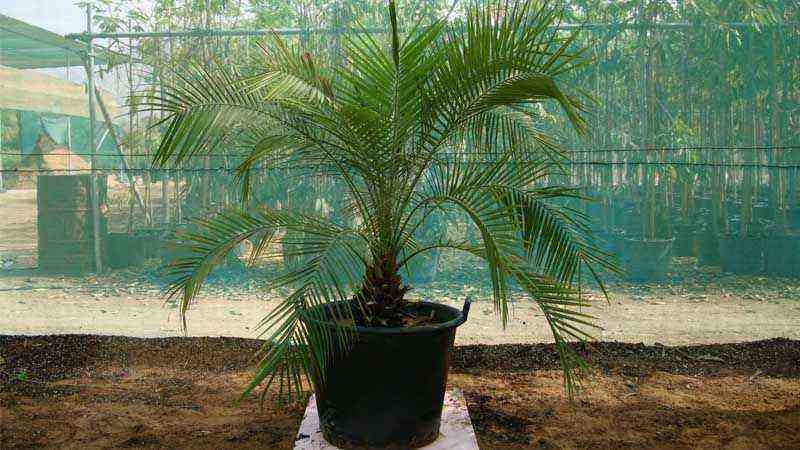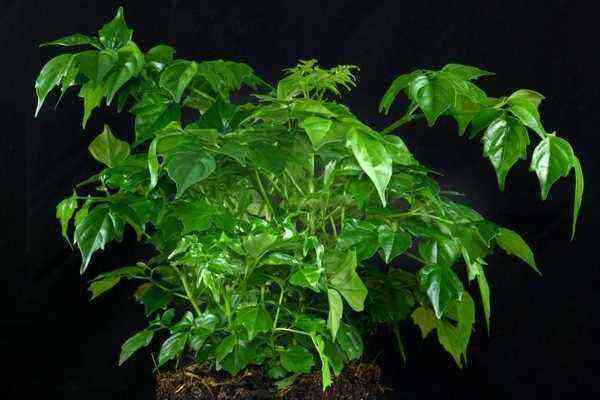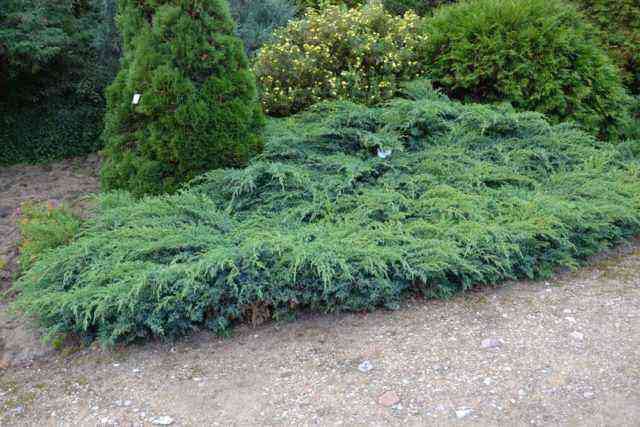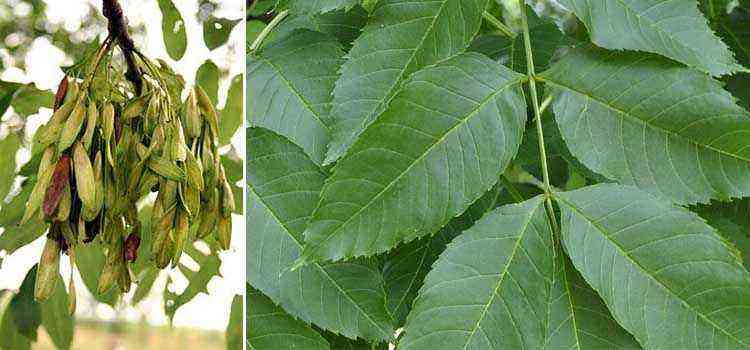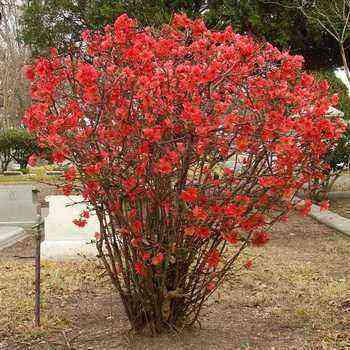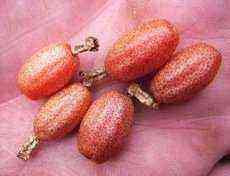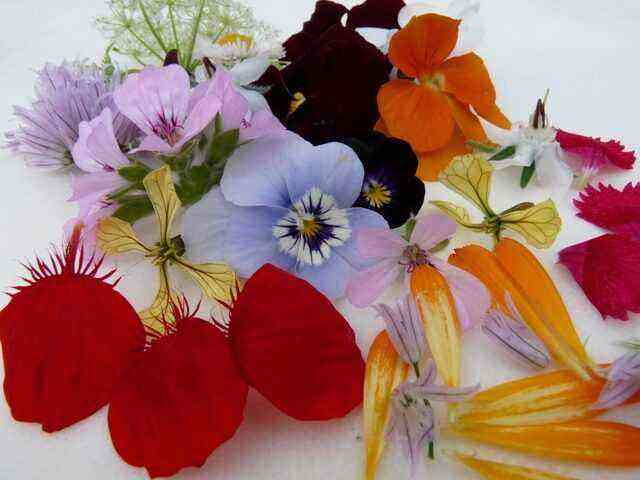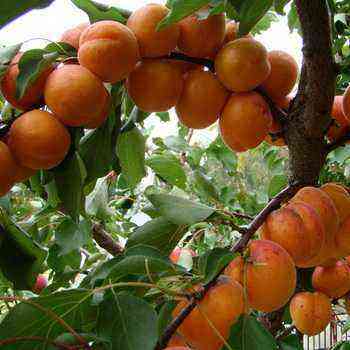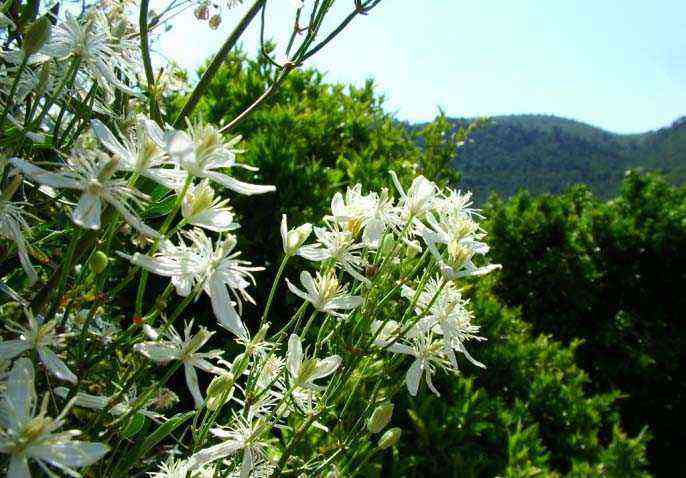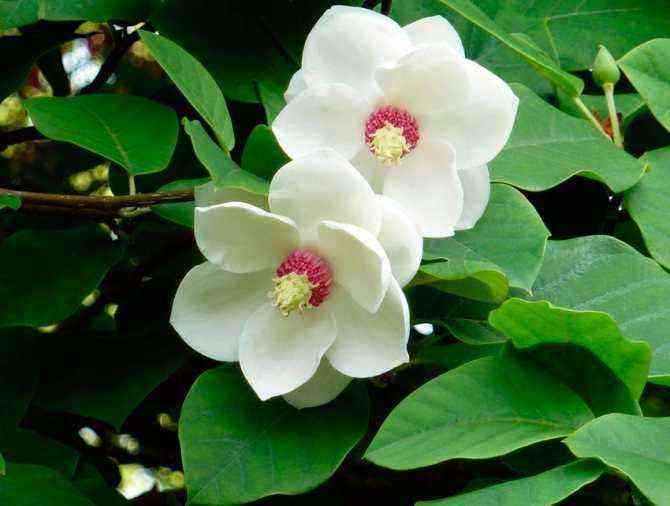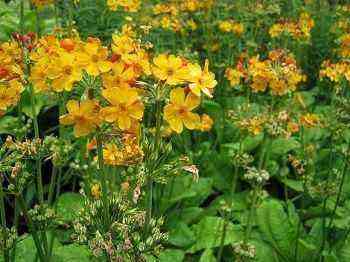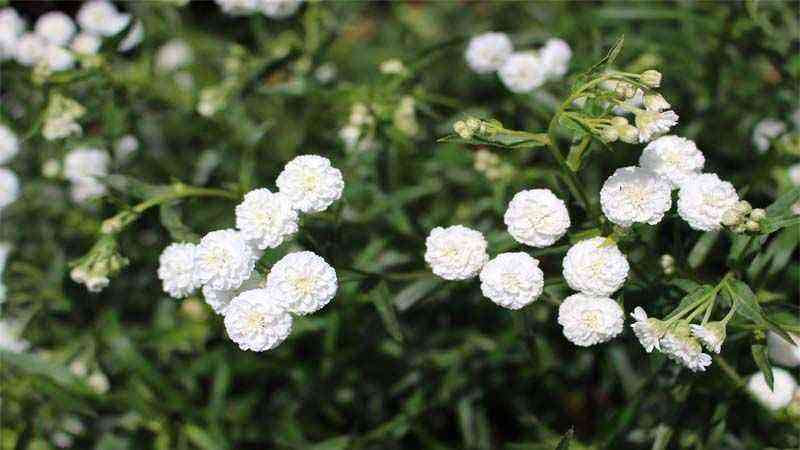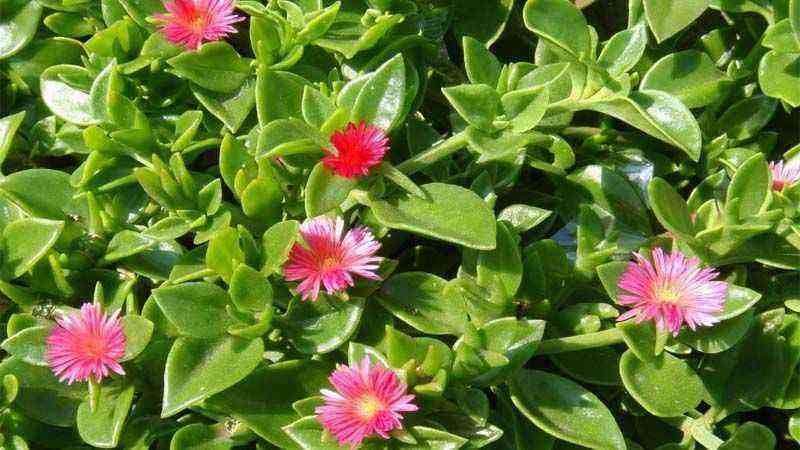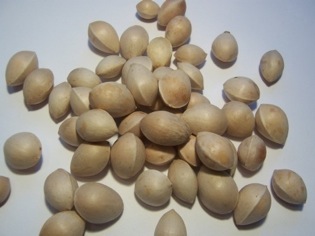
First you have to clean the seeds, outdoors
These three species are very ancient: The Ginkgo, the Sassafras and the Monkey Puzzle Tree. Fossil records tell us they were all around for dinosaur lunch some 270 million years ago. Even now there are some living Ginkgos in Asia and Japan said to be more than 4,000 years old. In fact, it is reported that Buddhist monks preserved the tree in their monasteries and that ginkgo have all but disappear in the wild.
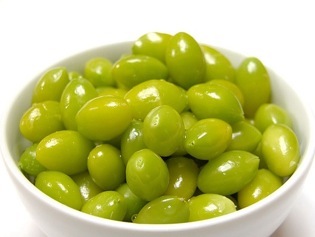
Once shelled and cooked the seeds are delicious
Ginkgos, like Chinese Elms, is a tree that favors urban dweller for they are exclusively planted as choice landscape trees. Most cities have several planted. The down side is usually only the male tree is planted but there are enough of the ladies to go around.
Why this sexism regarding Ginkgos? Because the fruit, which is only on the female tree, has a most disgusting smell. A million years ago that might have attracted a reptilian seed-spreader but to us it smells like cheese-ladened vomit in an outhouse. (Yes, I’ve been there.) That’s the bad part. The good part is when you smell that disgusting aroma the kernels in the fruit are ready to collect and are delicious, after you extract them, clean them, roast and shell them. They are worth it. A delicacy.

The leaf uniquely has veins that fan out
The fruit is cantaloupe colored and the seeds resemble pistachios. Wear rubber gloves when you collect the seeds. If possible do not take the entire fruit home, just the seeds and clean as soon as possible. Roast them at 350F for an hour, then crush the seeds between towels tapping gently with a hammer.
Or, you crack them raw with a nutcracker then boil the seeds in salty water while rubbing them with a ladle to get the brown membrane off. Then salt and serve. Some brave souls, and perhaps misguided, put them in microwaveable containers and nuke them until they pop. Ginkgo nuts can be used in soups, stuffings, desserts, meat dishes, poultry dishes and vegetarian dishes.
The ancient Chinese name for Ginkgo is yingo, or silver fruit,. This got changed Ginnan in Japanese but in Kanji characters that can also be pronounced Ginkyo. When Engelbert Kaempfer, the first Westerner to see the species, wrote down the name in 1712 his “y” was misread as a “g” and we’ve been saying it wrong since. Biloba means two lobes and refers to the lobed leaf. It is also called the Maidenhair Tree referring to the fan-like leaflets of the maidenhair fern.

Fossilized Ginkgo Leaf
And now a medicinal use and warnings. Ginkgo leaf is added to Pennyworts to reduce blood pressure (dried, taken as a tea.) People with a vitamin B6 shortage should not eat cooked Ginkgo seeds. Children under six should not eat more than five (5) cooked seeds a day. No one should eat cooked Ginkgo seeds every day. Skipping a day is recommended. In a well-fed society eating a few cooked seeds in season is not a problem. But if you eat 50 cooked seeds AND have a poor diet (and or you’re a kid, thus less seeds needed) it can be an issue. There is a chemical in Ginkgo seeds (4-methoxypyridoxine) that is anti vitamin B6. Thus if you are experiencing a famine and low on B6 and you eat a lot of Ginkgo seeds it’s a combination for misery. 4-methoxypyridoxine is thought to be related to the chemical that makes China Berries non-edible. Also some people get contact dermatitis from handling fresh Ginkgo fruit. The fruit have some urushiol, the active chemical in poison ivy which is why you wear gloves when collecting them.

Ginkgo leaves in fall, Savannah Georgia. Photo by Green Deane
Green Deane’s “Itemized” Plant Profile
IDENTIFICATION: Large shade tree to 120 feet. Long horizontal branches creating a pyramidal crown. Leaves leathery, fan shaped, one and a half inches long and three inches wide. Parallel veins radiating from stem point. Female flowers single or in pairs, male flowers a catkins; fruit cherry like, yellow, very fetid smelling.
TIME OF YEAR: Autumn, when fruit drops or is ready to drop
ENVIRONMENT: Full sun, prefers moist, deep, sandy soil. Won’t grow well in subtropical climes. Planted in numerous cities, parks, college campuses and palatial homes.
METHOD OF PREPARATION: Roast cleaned seeds or boil shelled kernels.
Before modern medicine a common mode of thinking was called the Doctrine of Signatures. It was occasionally by chance right so it continued as a means of exploring herbs for use. For example, the ginseng root often grows looking like stick figure of a human. This was via the Doctrine of Signatures a good reason to see if it was good medicine for humans. Likewise, the ginkgo leaf resembles a cross section of the human brain and its two lobes. And, research shows it does benefit cognitive functions.

